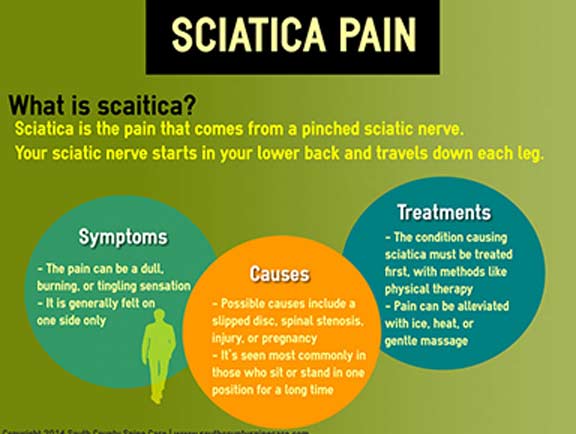The Science Behind The Light: Understanding The Effect Of Medical Laser Therapists On Health And Wellness And Health
The Science Behind The Light: Understanding The Effect Of Medical Laser Therapists On Health And Wellness And Health
Blog Article
Personnel Writer-Pehrson Thaysen
As you ponder the function of clinical laser therapists in enhancing wellness and health, take into consideration the intricate systems through which light beams communicate with the body. The scientific research behind these therapies unveils an interesting world of cellular responses and organic improvements that hold the key to unlocking the body's recovery possibility. By understanding exactly how medical laser treatments impact our health at an essential degree, you may find a new perspective on the future of healthcare practices and their ramifications for holistic health.
How Medical Laser Therapy Functions
To comprehend exactly how clinical laser therapy works, think about it as a process where concentrated beams target specific locations of the body to advertise recovery and relieve pain. When these focused beams connect with the body's tissues, they promote a series of organic feedbacks at a cellular degree. This excitement causes a cascade of events that inevitably cause improved circulation, lowered swelling, and increased cells fixing.
As the laser passes through the skin, it's soaked up by targeted cells, which then convert light power right into biochemical signals. These signals help to enhance the production of ATP, the power currency of cells, resulting in improved mobile metabolism and regeneration.
Additionally, the light beams activate enzymes that promote the launch of endorphins, the body's natural medicines, supplying remedy for pain.
Conveniences of Laser Therapy
Experience the numerous benefits of laser therapy, consisting of discomfort alleviation and sped up healing processes. Laser therapy has been shown to properly reduce discomfort by promoting the launch of endorphins, which are all-natural painkillers generated by the body. This non-invasive therapy can target certain areas of pain, offering relief without the need for medication.
Additionally, laser therapy helps to stimulate circulation, bringing oxygen and nutrients to the affected tissues, which can speed up the healing process.
In addition, laser treatment has actually been discovered to reduce inflammation and swelling, better contributing to the general improvement of various problems. It can also boost cells repair and cell growth, assisting in the regeneration of broken tissues. Athletes typically take advantage of laser therapy to recuperate from injuries faster and get back to training earlier.
Moreover, https://www.nature.com/articles/s41598-022-11978-z is a secure and gentle therapy choice with marginal adverse effects, making it ideal for a large range of individuals. Its capacity to reduce pain, increase recovery, and promote general wellness makes laser treatment an important tool in the field of medical care.
Integrating Laser Treatment Into Healthcare
Explore the smooth assimilation of laser treatment into numerous health care techniques, reinventing treatment approaches and boosting individual end results. Doctor throughout various specialties, from dermatology to physical therapy, are integrating laser therapy into their therapy methods. By blending advanced innovation with typical medical care methods, practitioners can offer individuals with non-invasive and reliable treatment alternatives.
Among the vital advantages of integrating laser treatment into health care is its adaptability. Laser treatment can deal with a wide range of problems, including chronic pain, inflammation, wound healing, and even skin-related concerns like acne and scarring. This flexibility allows healthcare providers to supply personalized treatment plans customized per client's unique demands.
Furthermore, the non-invasive nature of laser therapy makes it a favored choice for many individuals looking for options to surgical treatment or medications. With minimal adverse effects and downtime, laser therapy can substantially improve individual convenience and quality of life.
As healthcare remains to evolve, the combination of laser therapy offers an encouraging opportunity for enhancing client care and end results.
Conclusion
To conclude, medical laser therapy is a sophisticated treatment option that uses numerous advantages for clients looking for alternative strategies to healing. By targeting certain areas of the body with concentrated beams, this innovative treatment promotes circulation, decreases inflammation, and accelerates tissue repair.
Integrating laser therapy into medical care not only boosts individual end results yet likewise transforms treatment techniques for problems like chronic discomfort, swelling, and skin-related concerns. Welcome smoking cessation laser therapy of light for boosted health and wellness and wellness.
